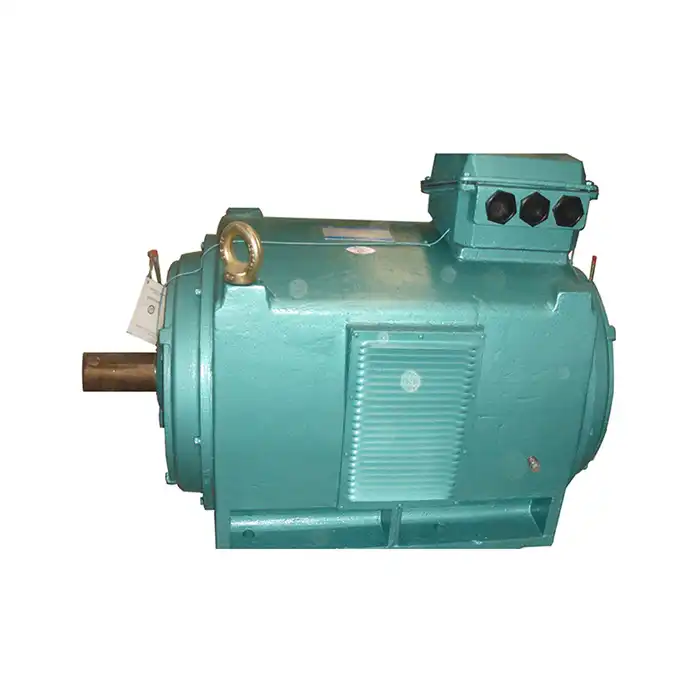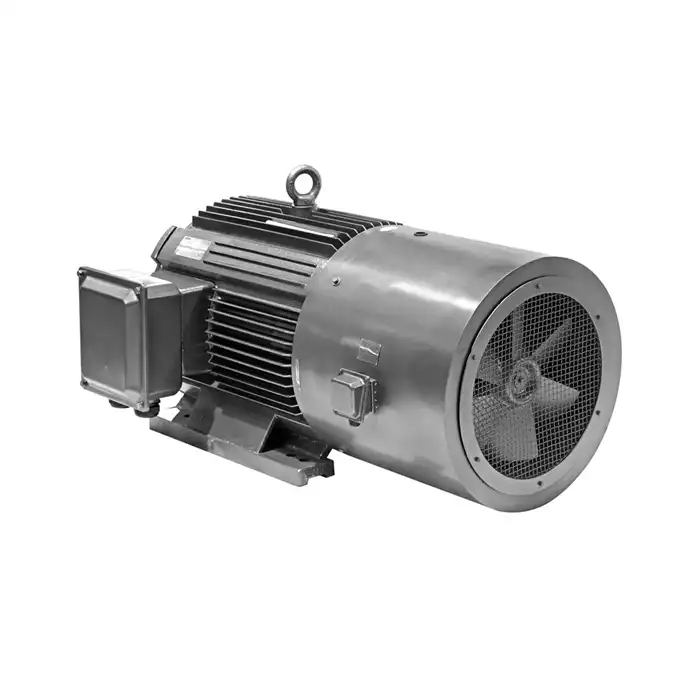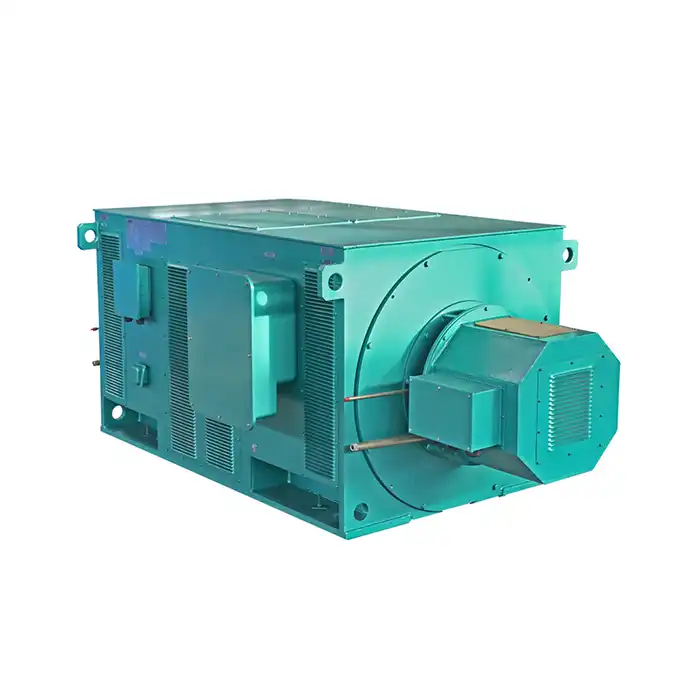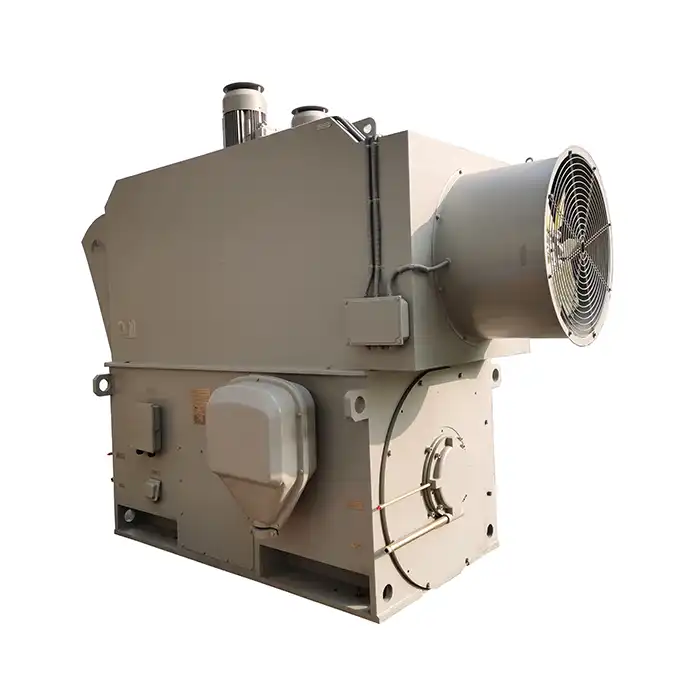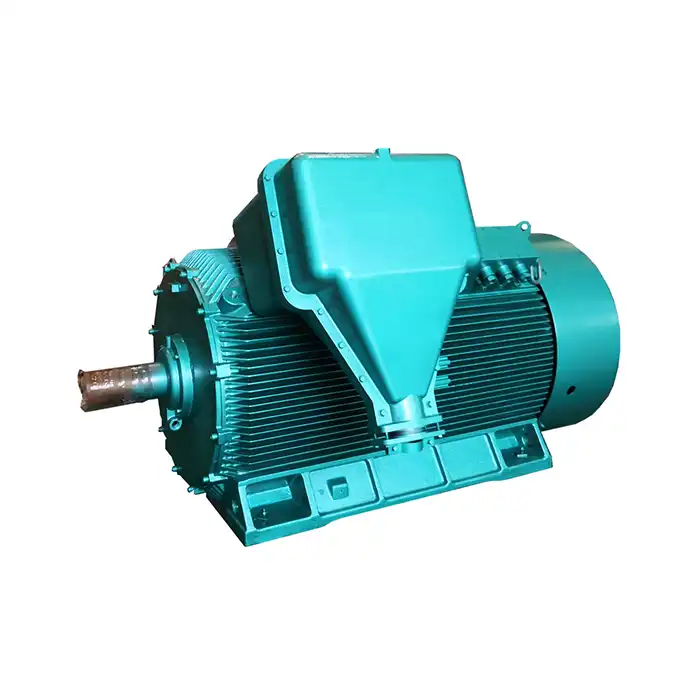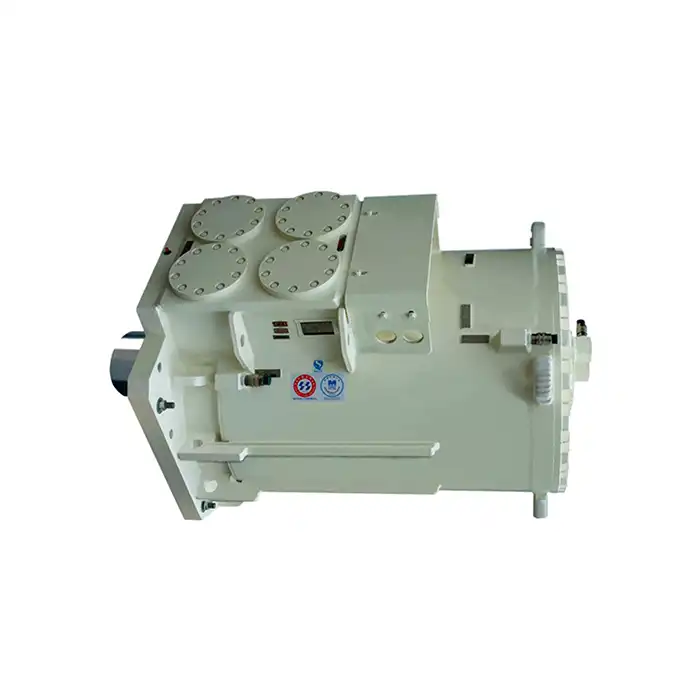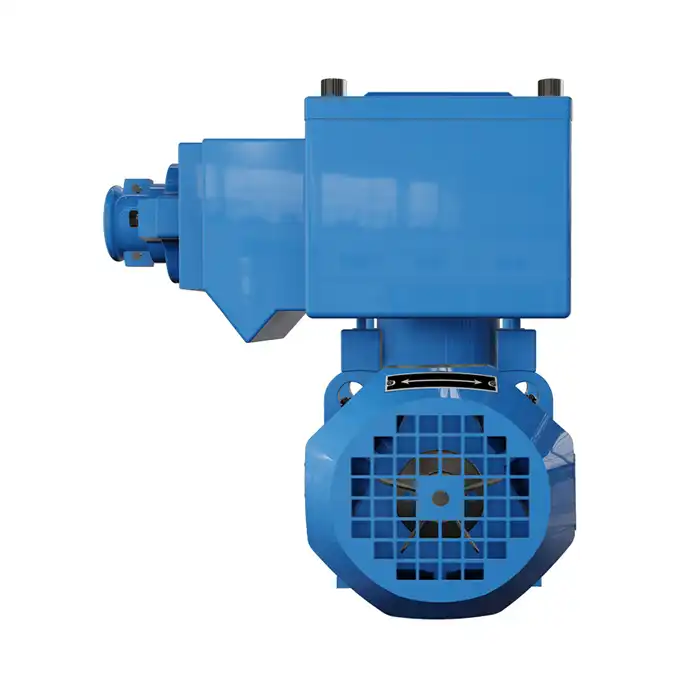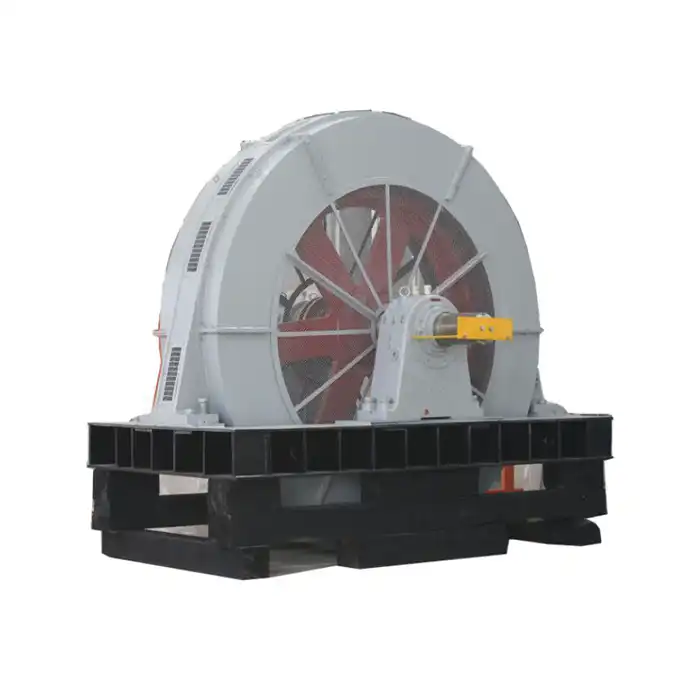Selecting the Right Power Rating for Exde Motors
Picking the right power level for exde motors is very important when working in dangerous places. These special motors are made to work in possibly explosive environments, so they need to be carefully thought out to make sure they work well and are safe. This complete guide will show you the most important things you need to think about when choosing the right power level for your exde motor.
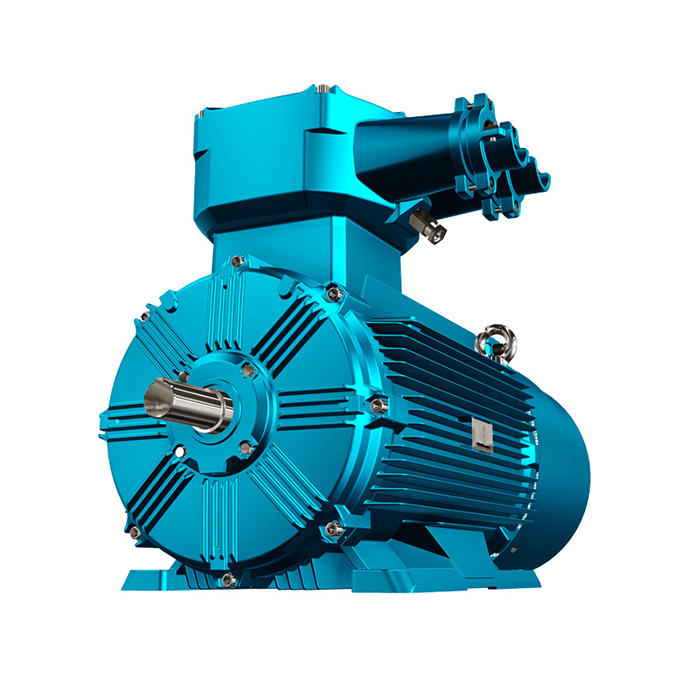
Series:YBBP
Voltage range:380V,660V,415V,380/660V,660/1140V
Power range:0.55-355 kW
Application:places where explosive gas mixtures exist in petroleum, chemical, mining, metallurgy, electric power, machinery and other industries.
Advantage: wide speed regulation range, fast dynamic response, high speed regulation accuracy.
Explosion-proof mark: Ex d I Mb, Ex d IIB T4 Gb, Ex d IIC T4 Gb
Others: SKF, NSK, FAG bearings can be replaced according to customer requirements.
Calculating Load Requirements in Hazardous Environments
Accurately determining the load requirements is the first step in selecting the appropriate power rating for an exde motor. This process involves a thorough analysis of the specific application and environmental conditions.
Understanding the Application Demands
Different industrial processes have unique power needs. For instance, a motor driving a pump in a petrochemical plant will have different requirements compared to one powering a conveyor belt in a grain storage facility. It's essential to consider factors such as:
- Starting torque requirements: Some processes, like pumps in petrochemical plants, require high starting torque to overcome initial resistance, while other processes, like conveyor belts in grain storage, may need lower torque to start smoothly.
- Operating speed: The speed at which a motor operates is crucial for certain processes. For example, high-speed motors may be necessary for tasks involving rapid rotation or continuous motion, while others might require slower speeds for precision and stability.
- Duty cycle: The length of time a motor operates at a specific load is important. Some processes may demand continuous operation, while others may only require intermittent or cyclical use, affecting the motor's energy efficiency and durability.
- Load variations: Different processes experience varying load conditions. For instance, pumps may face fluctuating fluid levels, while conveyors may carry uneven loads. Motors need to be capable of adapting to these changes without causing system instability or inefficiency.
Factoring in Safety Margins
When dealing with hazardous environments, it's prudent to incorporate safety margins into your calculations. This extra buffer ensures that the motor can handle unexpected load increases or environmental stresses without compromising safety or performance.
Analyzing Environmental Factors
Hazardous environments often come with additional challenges that can affect motor performance. Consider the following:
- Presence of corrosive gases or chemicals: Environments with corrosive substances, such as acids or solvents, can damage motor components over time, leading to premature failure. Motors in these areas need to be equipped with special coatings or enclosures to protect them from chemical degradation.
- Dust or particulate matter in the air: In industries like mining or manufacturing, airborne dust and particles can clog ventilation systems and infiltrate motor components, leading to overheating or reduced efficiency. Motors used in such environments should have sealed enclosures to prevent debris from causing damage.
- Potential for mechanical impact or vibration: Certain industrial settings may expose motors to rough handling, mechanical impact, or constant vibrations. These conditions can lead to wear and tear on motor parts. Motors in these environments need enhanced structural integrity and vibration-resistant designs to ensure consistent operation and prevent failure.
Impact of Ambient Temperature on Motor Sizing
Ambient temperature plays a significant role in determining the appropriate power rating for an exde motor. High temperatures can affect motor performance and longevity, necessitating careful consideration during the selection process.
Temperature Rise and Motor Cooling
Exde motors generate heat during operation, and this heat needs to be dissipated effectively to prevent overheating. The ambient temperature directly affects the motor's ability to cool itself. In high-temperature environments, you may need to:
- Choose a motor with a higher power rating to compensate for reduced cooling efficiency: In environments with elevated ambient temperatures, the motor's cooling efficiency is reduced. To compensate, a motor with a higher power rating can help ensure sufficient capacity to handle the workload and maintain proper function despite the heat.
- Consider additional cooling mechanisms: In some cases, relying solely on the motor’s built-in cooling may not be enough. Additional cooling solutions, such as external fans or heat exchangers, can be integrated to improve heat dissipation and prevent overheating in harsh temperature conditions.
- Opt for motors with higher temperature class insulation: The insulation material used in the motor determines how much heat it can tolerate before it breaks down. In hot environments, selecting motors with higher temperature class insulation will help prevent insulation failure and extend the motor's lifespan by protecting it from excessive heat exposure.
Derating Factors
As ambient temperatures increase, motors may need to be derated to ensure safe and reliable operation. This means selecting a motor with a higher power rating than what the load calculations initially suggest. Manufacturers typically provide derating charts to guide this process.
Temperature Fluctuations
Some environments experience significant temperature fluctuations. In such cases, it's important to consider both the maximum and minimum temperatures the motor will encounter. This ensures that the motor can start and operate efficiently across the entire temperature range.
Efficiency vs. Power: Balancing Act for Exde Motors
When selecting an exde motor, finding the right balance between efficiency and power is crucial. While higher power ratings can provide more operational headroom, they may come at the cost of reduced efficiency.
Understanding Motor Efficiency
Motor efficiency refers to the ratio of mechanical power output to electrical power input. Higher efficiency motors convert more of the input energy into useful work, resulting in lower operating costs and reduced heat generation.
The Role of Power Factor
Power factor is another important consideration when selecting exde motors. A higher power factor indicates more efficient use of supplied power, which can lead to reduced electrical costs and improved overall system performance.
Oversizing vs. Right-sizing
While it might be tempting to choose a motor with a higher power rating to ensure it can handle any potential load, this approach can lead to inefficiencies. Oversized motors often operate at partial loads, which can result in:
- Lower efficiency: When a motor is oversized for the load it is driving, it operates less efficiently. This happens because the motor uses more energy than necessary to perform the required task, leading to wasted energy and reduced overall performance.
- Reduced power factor: A motor operating below its optimal capacity can result in a lower power factor. This is because the motor’s current consumption becomes less aligned with the actual work it is doing, leading to more reactive power consumption, which can strain the electrical supply.
- Increased energy costs: As oversized motors run inefficiently, they consume more electricity than required, which increases operational costs. The extra energy usage, even when the motor is not fully loaded, contributes to higher utility bills, reducing the cost-effectiveness of the system.
Right-sizing, on the other hand, involves selecting a motor that closely matches the actual load requirements, leading to optimal efficiency and performance.
Variable Speed Drives and Efficiency
For applications with varying load demands, consider pairing your exde motor with a variable speed drive. This combination can significantly improve overall system efficiency by allowing the motor to operate at its optimal speed for different load conditions.
Conclusion
When choosing the right power rating for an exde motor, you need to carefully think about a number of things, such as the load, the temperature, and the balance between power and economy. You can make sure that your exde motor is the right size for safe, efficient, and reliable use in dangerous settings by carefully looking at these factors and talking to professionals with a lot of experience.
Choose XCMOTOR for Your Exde Motor Needs
At XCMOTOR, we know how hard it can be to choose the right electrical motor for your needs. Our team of experts is committed to giving you options that are specifically designed to meet your needs. We make sure you get the right motor for your hazardous environment uses by offering a wide range of high-quality exde motors and a dedication to customer satisfaction. When it comes to safety and efficiency, don't settle for less. Contact us at xcmotors@163.com to discuss your exde motor needs with our knowledgeable team. As a leading exde motor manufacturer, we're here to power your success in even the most challenging environments.
References
1. Johnson, A. R. (2022). Power Rating Selection for Explosion-Proof Motors in Hazardous Environments. Industrial Motor Journal, 45(3), 78-92.
2. Smith, B. L., & Thompson, C. D. (2021). Temperature Effects on Exde Motor Performance: A Comprehensive Analysis. Journal of Electrical Engineering and Applications, 33(2), 112-128.
3. Lee, H. K., et al. (2023). Efficiency Optimization Strategies for Exde Motors in Variable Load Applications. Energy Conversion and Management, 215, 114896.
4. Martinez, R. J., & Garcia, F. S. (2020). Load Calculation Methods for Hazardous Area Motor Sizing. IEEE Transactions on Industry Applications, 56(4), 3450-3459.
5. Wilson, E. T. (2022). Balancing Safety and Efficiency in Exde Motor Selection: Best Practices and Case Studies. Hazardous Area Equipment Review, 18(1), 23-37.
6. Brown, D. M., & Davis, K. L. (2021). The Impact of Ambient Temperature on Exde Motor Sizing and Performance. International Journal of Electrical Power & Energy Systems, 129, 106855.



